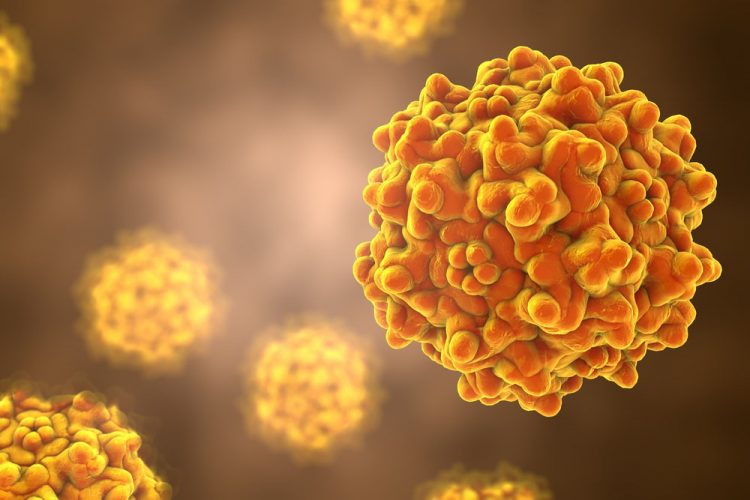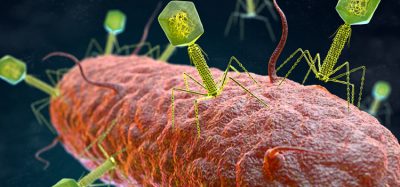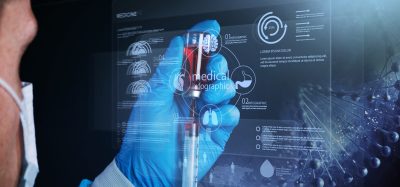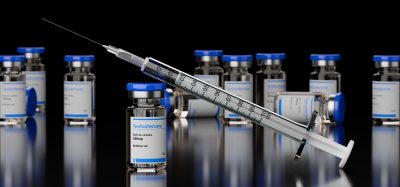Enhancing gene therapy with Circio
Posted: 22 May 2024 | Dr Erik Wiklund (Circio), Ellen Capon (Drug Target Review) | No comments yet
In this Q&A, Erik Wiklund, CEO of Circio, explains the key findings of their circVec circular RNA platform technology, why they chose AAV-based gene therapy for AATD as the lead programme, and their plans for the future to enhance the potency and reduce the cost of current gold-standard gene therapy.


What are the key findings of Circio’s in vivo proof-of-concept for its circVec circular RNA platform technology compared to conventional mRNA-based expression with DNA vectors?
Circular RNA (circRNA) has two major advantages versus mRNA in a vector-expression context. The most important benefit is that circRNAs are resistant to exonucleases that under normal circumstances turn over linear mRNA in a few hours. This dramatically improves half-life and allows the circRNA to accumulate to higher concentrations inside of the cell. Secondly, circRNAs can be engineered for more efficient protein expression by carefully selecting and optimising the IRES element, a sequence motif derived from viruses and used to initiate cap-independent translation from circRNA. By combining these two features, it is anticipated that circRNA-based expression can improve both the maximum expression level and the durability, which will be a major benefit therapeutically.
Circio´s proprietary circVec expression system has demonstrated approximately 10 times improved expression level and 15 times extended RNA half-life in vitro versus conventional mRNA-based vectors. This powerful advantage has now been verified in vivo in several settings, demonstrating that circVec expression consistently and significantly outperforms mRNA, and with increasing benefit over time. Long-term modelling of the observed expression dynamics suggests that circVec could improve the total protein output by 20-fold over a period of two years.
How does Circio’s circVec technology aim to enhance the potency and reduce the cost of current gold-standard gene therapy?
In a gene therapy context, which currently is relying heavily on the AAV vector, a 20-fold boost in payload expression would substantially enhance therapeutic potency and thereby enable reduced dosing, improve the toxicity profile and reduce costs. As a first step, Circio is working on designing and validating circVec-AAV vectors for the treatment of genetic diseases, and testing these head-to-head against the mRNA-AAV equivalent in vivo. At Circio we are convinced that as this technology evolves and is validated in vivo, and subsequently in patients, everyone will switch to circRNA-based expression in the future.
Why has Circio’s selected AAV-based gene therapy for Alpha-1-antitrypsin deficiency (AATD) as the lead program for its circVec platform?
There are three major reasons for why Circio has selected AATD as its lead gene therapy program. Firstly, there have been previous AAV gene therapy clinical studies in this indication that have shown promise. They were successful in the sense that the AAT protein was expressed and detectable in patients, however, the expression level was too low to be clinically meaningful based on well-established surrogate endpoints. By switching to circVec based expression, Circio believes it can boost the potency sufficiently to reach the necessary AAT protein level threshold in patients.
Secondly, AATD has a dual pathology where the lack of functional AAT protein causes COPD-like symptoms in the lung, and the mutated AAT protein accumulates and forms toxic deposits in the liver. We have built a circVec remove-&-replace construct for AATD where we are able to solve both of these issues in one product, expressing the functional wild-type AAT protein from circRNA and removing the mutant form in a sequence-specific and exonucleolytic manner. This is difficult to do with conventional approaches due to the near identical sequences of the mutant and wild-type forms. Circio is therefore uniquely able to achieve this specificity by utilising the circRNA expression route to avoid off-target removal of the therapeutic transgene.
Thirdly, AATD requires delivery to the liver, which is the easiest organ to target with currently available AAV strains and delivery technologies. The functional AAT protein is expressed in hepatocytes in the liver and secreted into circulation, exerting its main effect in the lung. The mutant protein is expressed and accumulates in the same cells, and therefore it should be sufficient to deliver the circVec-AAV remove-&-replace construct to hepatocytes in the liver in order to achieve both of the therapeutic modes-of-action. The required level of AAT protein in circulation for clinical effect has already been well-established, and we plan to test multiple delivery strategies in vivo to validate our concept and select the optimal therapeutic strategy.
Why is there a significant unmet medical need for effective therapeutic options for AATD?
Today there are no therapies available that deal with both the lung and liver pathology of AATD. Protein replacement therapy is the only option for restoring AAT function in the lung, but this requires weekly infusions of AAT protein isolated from healthy donors, which is impractical and expensive. There are siRNAs in clinical development for liver-associated AATD, but there are no approved therapeutics available and presently the only treatment option is liver transplantation.
There are around 200,000 patients diagnosed with the disease in the USA and EU alone, so there is a major unmet medical need and a substantial commercial opportunity in AATD. To our knowledge, gene editing is the only other approach able to tackle both manifestations simultaneously, but this technology needs to show very high editing rates without any off-target issues to be a feasible therapeutic path forward in AATD.
What improvements in protein expression and durability have been demonstrated by the circVec 2.1 DNA vectors in mouse models?
We have shown persistent expression levels for 4+ months with circVec pDNA constructs, whereas mRNA-based expression tends to wane after four weeks in the same setting. Importantly, the advantage increases over time as the circRNA accumulates to higher levels than mRNA, and we are still on an increasing curve after four months. We are now running follow-up experiments to track the advantage long-term. We are also exploring other vector formats, delivery strategies and payloads. The aim is to build a substantial in vivo data package over the next one to two years to test and validate the potential of the circVec platform in multiple settings and select the optimal development and partnering strategy.
What are Circio’s future plans for the circVec platform in terms of development and improvement to broaden its applications?
The circVec technology is a versatile and powerful platform that can be deployed for any DNA-based expression system, both viral and non-viral. AAV vectors are the current gold-standard for gene therapy and in need of novel approaches to enhance potency, safety and reduce cost, and therefore we believe this to be the obvious first step for circVec. We see this as the quickest and most logical avenue to demonstrate the advantage of circVec and establish the initial platform proof-of-concept.
In parallel, we are exploring the technical performance of circVec in other viral vectors, as well as non-viral approaches which we expect will surpass virus-based vector-format as the state-of-the-art solutions for gene therapy in the future. So far, we have successfully expressed circRNA from six different vector types. Technical vector-specific design optimisation is ongoing, and we plan to build a repertoire of circVec vectors that can be deployed for gene therapy, vaccines, oncology, and cell therapy in the future. The potential is clearly much broader that what we will be able to pursue in-house, and as we progress we will be seeking partnerships and co-development opportunities to explore novel applications for the circVec platform.
About the author
Erik Wiklund, CEO, Circio


Dr Wiklund is CEO of Circio. He has deep scientific knowledge in RNA and cancer biology, and 13 years of pharma and biotech industry experience in a variety of functions including R&D, finance, and business development. Previous employment includes the radiopharmaceutical company Algeta, which was acquired by Bayer in 2014, Aker Biomarine, and management consulting experience from the Pharma & Health Care practice of McKinsey & Company.
Dr Wiklund holds a PhD in Molecular Biology from Aarhus University, Denmark, and the Garvan Institute of Medical Research, Sydney, Australia.
Related topics
Drug Delivery, Gene Therapy, In Vitro, In Vivo, RNAs, Viral vectors, Virology
Related conditions
Alpha-1-antitrypsin deficiency (AATD)
Related organisations
Circio
Related people
Dr Erik Wiklund (Circio)








